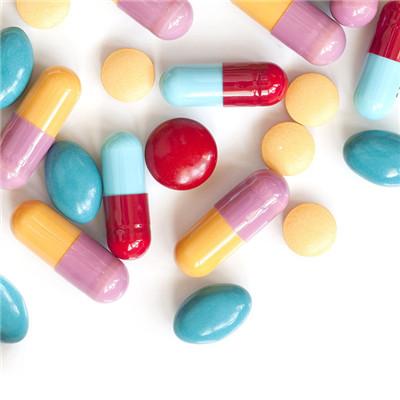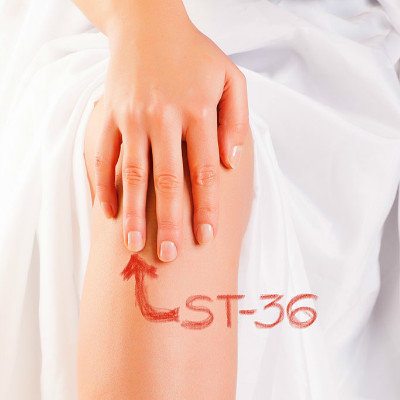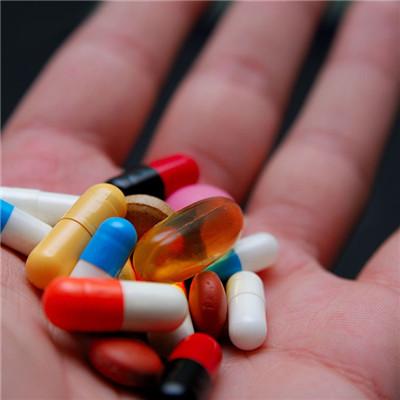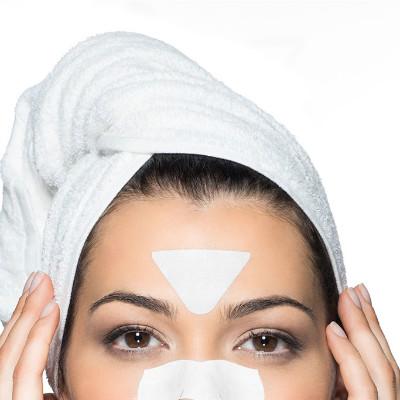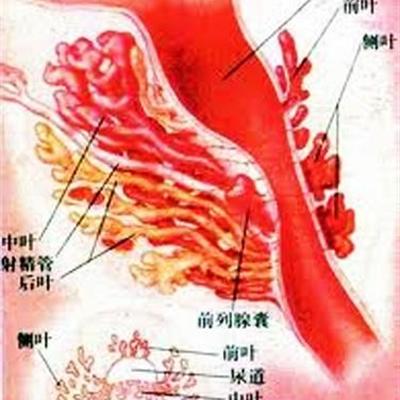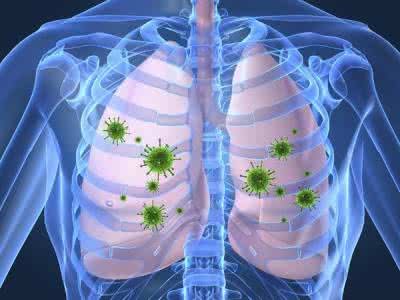How does chyluria treat? What method is there?
summary
Chyluria is caused by the countercurrent of chylous fluid into the urine. The appearance of chyluria is milky white to varying degrees. Chyluria test can be positive. If it contains more blood, it is called chylhematuria. Chyluria is characterized by turbid urine, such as milk, or like swill, soy milk, hence the name. How does chyluria treat? What method is there? Let's talk about it
How does chyluria treat? What method is there?
* conservative treatment is mainly used for patients with mild chyluria. Aggressive treatment is mainly for refractory patients and patients with renal colic, urinary retention and malnutrition. Because chyluria has a high natural remission rate, some patients can stop without special treatment. During the attack, you should rest in bed, avoid fatty food, forbid strenuous activities and drink more water. You can also take short and medium chain fatty acid triglyceride products, such as medium chain oil (MCT) instead of common edible oil.
If microfilaria is found in peripheral blood or urine, the first step is to apply insecticidal therapy. The specific drug is ethazine citrate (haiqunsheng), and the medium course therapy is generally used; Blood positive patients can take 3 courses of treatment, most of the patients turned negative.
Early nephrectomy, renal capsule stripping, thoracic duct hemiazygous vein anastomosis and so on have been abandoned due to the lack of theoretical basis or unreasonable operation design, great damage and poor curative effect. At the same time, it should be noted that the characteristics of intermittent chyluria and high natural remission rate should be taken into account when evaluating the effect of a certain operation. Without long-term follow-up, it is difficult to judge the exact effect of a certain operation.
matters needing attention
The recurrence rate of chyluria is relatively high. According to relevant reports, it is generally about 20% ~ 30%. The causes of recurrence are overwork, excessive drinking, high-fat meal, cold and fever, prenatal and postpartum, etc. Experience has proved that rural busy season (fatigue), before and after the season (fatty meal) recurrence more.
